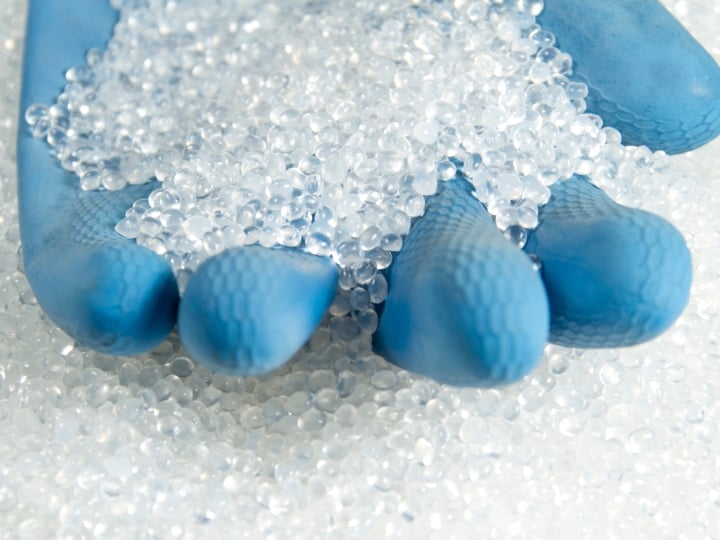Understand ultimate tensile strength and failure of sandwich core materials using thick loading blocks which are bonded to the core or facings.
Scope:
The test ASTM C297 provides information on core-to-face bonding stability, load transfer and flatwise tensile strength of sandwich core material. ASTM C297 is applicable for continuous bonded surfaces such as foams or discontinuous bonded surfaces such as honeycomb materials. The data is often used to specify a material, to design parts to withstand application force and as a quality control check of materials. Since the physical properties of many materials can vary depending on temperature, it is sometimes appropriate to test materials at temperatures that simulate the intended end use environment.
ASTM C297 test procedure:
Test specimens are cut from sandwich panels, and the faces of the test specimens are bonded to aluminum blocks. The adhesive must then be allowed the appropriate conditioning before testing. One of the aluminum blocks is mounted in a fixture on the stationary side of a universal test machine, while the opposite aluminum block is mounted in a fixture on the moving side of the universal test machine. The assembly is then pulled apart at the suggested standard head displacement speed of 0.50 mm/min (0.020 in/min) to failure, or at a speed set to produce failure within 3 to 6 minutes. Failure between an aluminum block and the sandwich structure is not an acceptable failure mode.
Elevated or reduced temperature test procedure:
A thermal chamber is installed on the universal test machine. The chamber is designed to allow the test mounts from the base and crosshead of the test machine to pass through the top and bottom of the chamber. Standard test fixtures are installed inside the chamber, and testing is conducted inside the controlled thermal environment the same as it would be at ambient temperature. The chamber has internal electric heaters for elevated temperatures and uses external carbon dioxide gas as a coolant for reduced temperatures.
Specimen size:
A variety of specimen sizes are allowed by ASTM C297.
For discontinuous cellular bonded surfaces, specimen geometry is base on cell size.
For continuous bonded surfaces, the minimum facing size is 625 mm2 (1.0 in2).
Data:
The following determinations can be made from the test results:
- Ultimate Flatwise Tensile Strength MPa (psi)
- Failure Location and Failure Modes:
- Core Failure
- Cohesive Failure of Core-Facing Adhesive
- Adhesive Failure of Core-Facing Adhesive
- Facing Tensile Failure

